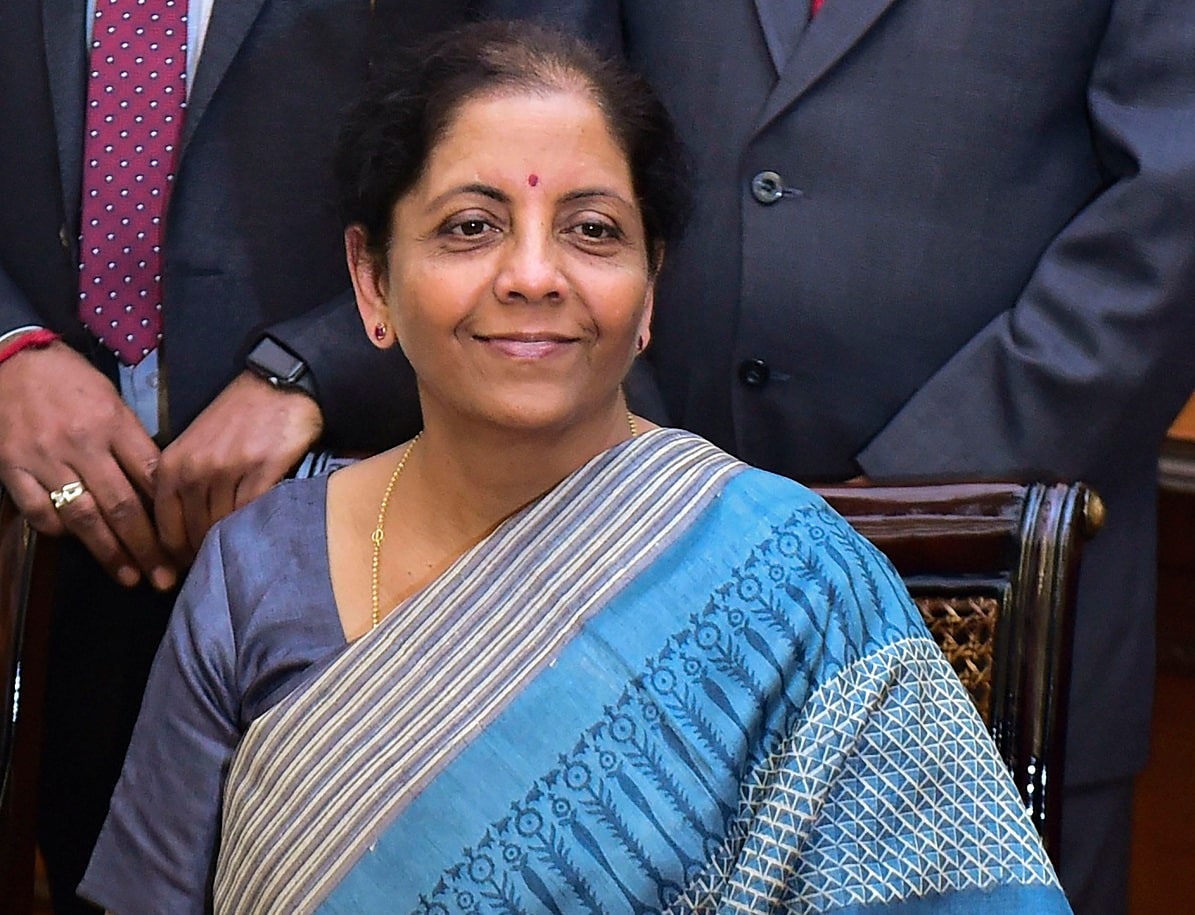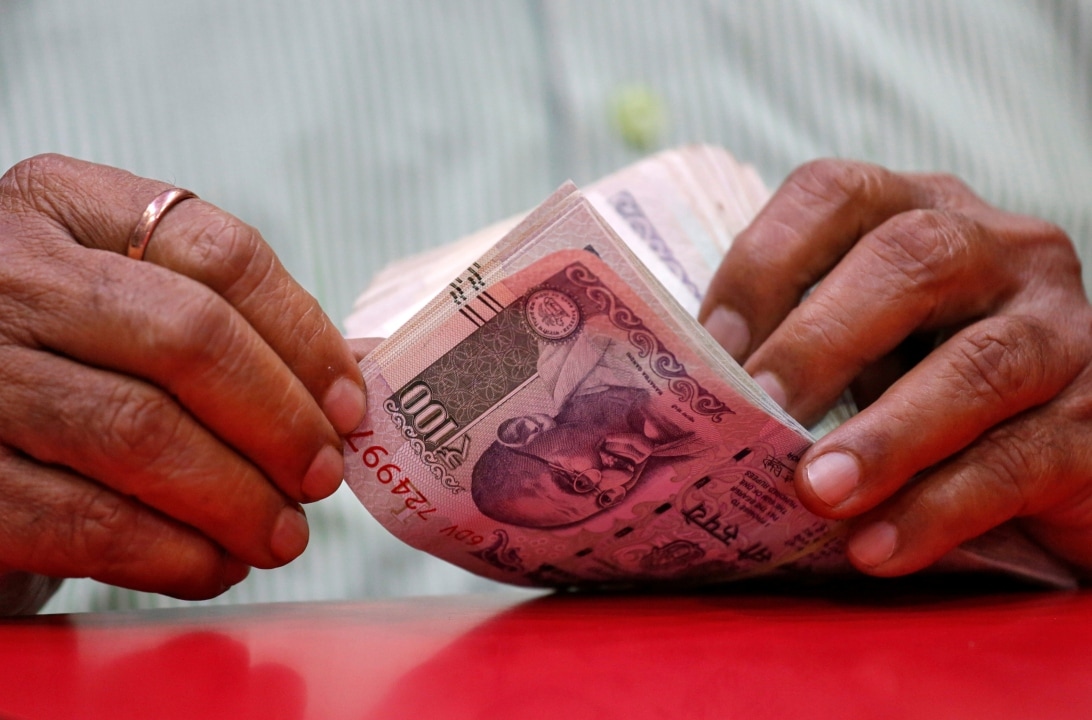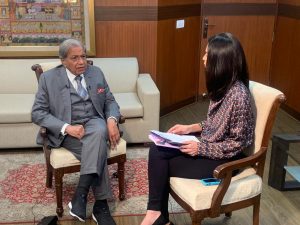There is now a real possibility of fiscal deficit target slippage

KV Prasad Jun 13, 2022, 06:35 AM IST (Published)
 Listen to the Article (6 Minutes)
Listen to the Article (6 Minutes)
Summary
The finance ministry has repeatedly assured that it will meet this year’s fiscal deficit target of 3.3 percent of GDP.
The latest central government accounts released by the Controller of Government Accounts (CGA) show the real possibility of a fiscal deficit slippage of 1 percent of GDP.
This is even before any pre-election relief package is implemented.
The finance ministry has repeatedly assured that it will meet this year’s fiscal deficit target of 3.3 percent of GDP. However, the impending slippage will not be easy to camouflage using usual accounting smokescreens, unless the government extracts a one-off dividend from the RBI.
State and central governments are increasingly monetising deficits to pay for current expenditures, rather than for productive investments.
Our blinkered policy framework has made monetary policy an accessory to this fiscal deterioration. We need a comprehensive framework that better debates overall financial stability.
State of central finances
Data released by the CGA shows that for eight months of FY19, net central tax receipts are at INR 7.32 tn, just 4.4% higher than last year, and well below the 19.1% growth budgeted.
At this pace, the center is looking at a revenue shortfall of INR 1.85 tn or 1% of GDP. This belies the finance ministry’s repeated assertions that the shortfall in indirect taxes will be made up with higher direct tax collections.
With additional slippages on the expenditure front, the fiscal situation is already stressed, even before any extra pre-election doles are announced.
Managing the optical deficit
Successive governments have continued to follow accounting norms that would border on fraud in any corporate environment.
For one, with its cash rather than accrual accounting, delaying expenditure and refund payments into the next fiscal would reduce the optical deficit in the current year.
In addition, governments have extracted money from public sector units (PSUs) by inducing them to buy out government stakes in other PSUs. They have also delayed payments to government owned institutions, and instead encouraged them to borrow from the market.
Even so, with large pre-election doles on the anvil in today’s environment of competitive populism, the problem may be too large to account away. A large one-off dividend from the RBI may now be a critical part of the fiscal equation.
Quality of the fiscal deficit
We could argue that higher fiscal deficits are not all bad, since they fund much-needed infrastructure investments. Do they?
Unlike any prudent household, our governments have always run a “revenue deficit” – i.e., they borrow money just to pay for current expenditures.
Between FY17 and FY18, reversing an earlier trend of improvements, India’s revenue deficit increased from 2.0 percent of GDP to 2.6 percent of GDP. Alongside, central capital spends declined from Rs 2.90 trillion in FY17 to Rs 2.64 trillion in FY18.
The Fiscal Responsibility and Budget Management Act (FRBM) earlier targeted the elimination of this revenue deficit. This year, however, the FRBM act has been amended to remove any revenue deficit targets.
Governments have argued that “revenue” and “capital” metrics are misleading. As an example, they argue, the annual cost for maintenance of schools shows up as a revenue rather than capital expenditure.
Even if one grants that argument, surely the way out has to be to a review of the expenditure classification norms. Removing any separate target for revenue deficits simply allows successive governments to worsen the quality of fiscal spending.
Markets, fiscal deficits and RBI’s blinkers
Despite fiscal deterioration, government 10-year bond yields have come down sharply over the past few months, from a peak of 8.25 percent to 7.39 percent now. This is thanks to RBI emerging as a large buyer of government bonds. RBI might purchase an astonishing 80 percent of net GOI issuance in FY19. This is quantitative easing and deficit monetisation, RBI style.
The stated intent behind this large-scale OMO is to infuse durable liquidity. There are multiple instruments available to infuse liquidity – bank Cash Reserve Ratio (CRR), term repurchase operations, and OMOs. Each of these have their inevitable side effects.
Bond OMOs clearly impact government borrowing costs, even if that is unintended. The wisdom of the RBI bringing down government borrowing costs at a time of fiscal deterioration has to be debated better. One could argue that longer term repos would be the appropriate liquidity management tool for now, with less distortion of bond markets.
This blinkered approach of ignoring side effects extends to monetary policy as well.
One side effect of keeping real interest rates high during 2014-17 to combat inflation was to attract reversible carry-seeking foreign currency inflows. This resulted in an overvalued INR, hurt our exports, and built an external vulnerability that bubbled over in 2018. It did not matter that the monetary policy had no stated intent of impacting our external balance – intention does not negate impact.
Likewise, with CPI at multi-year lows, the MPC could now consider interest rate cuts. Market participants will egg them on, since lower interest rates and higher liquidity are palliatives in the current mess in the financial sector ecosystem.
Never mind that we have little idea how food inflation, the single biggest reason for low CPI, will play out. Never mind that we are repeating exactly the same conditions that the Urjit Patel Monetary Policy committee report of January 2014 warned against – easing monetary policy in the wake of fiscal slippage and using RBI OMOs to monetise rising government deficits.
In Summary
We are now in a period of fiscal and monetary easing. Our blinkered approach to fiscal, monetary and liquidity management has reduced meaningful debate on broader consequences of all this on financial stability. Absent real reforms and a better policy framework, we might have to pray for low crude oil prices as a way of avoiding a repeat of a twin deficit problem in the near future.
Ananth Narayan is Associate Professor-Finance at SPJIMR. He was previously Standard Chartered Bank’s Regional Head of Financial Markets for ASEAN and South Asia.

Elon Musk forms several ‘X Holdings’ companies to fund potential Twitter buyout
3 Mins Read
Thursday’s filing dispelled some doubts, though Musk still has work to do. He and his advisers will spend the coming days vetting potential investors for the equity portion of his offer, according to people familiar with the matter

KV Prasad Journo follow politics, process in Parliament and US Congress. Former Congressional APSA-Fulbright Fellow










 Listen to the Article
Listen to the Article 

 Daily Newsletter
Daily Newsletter








